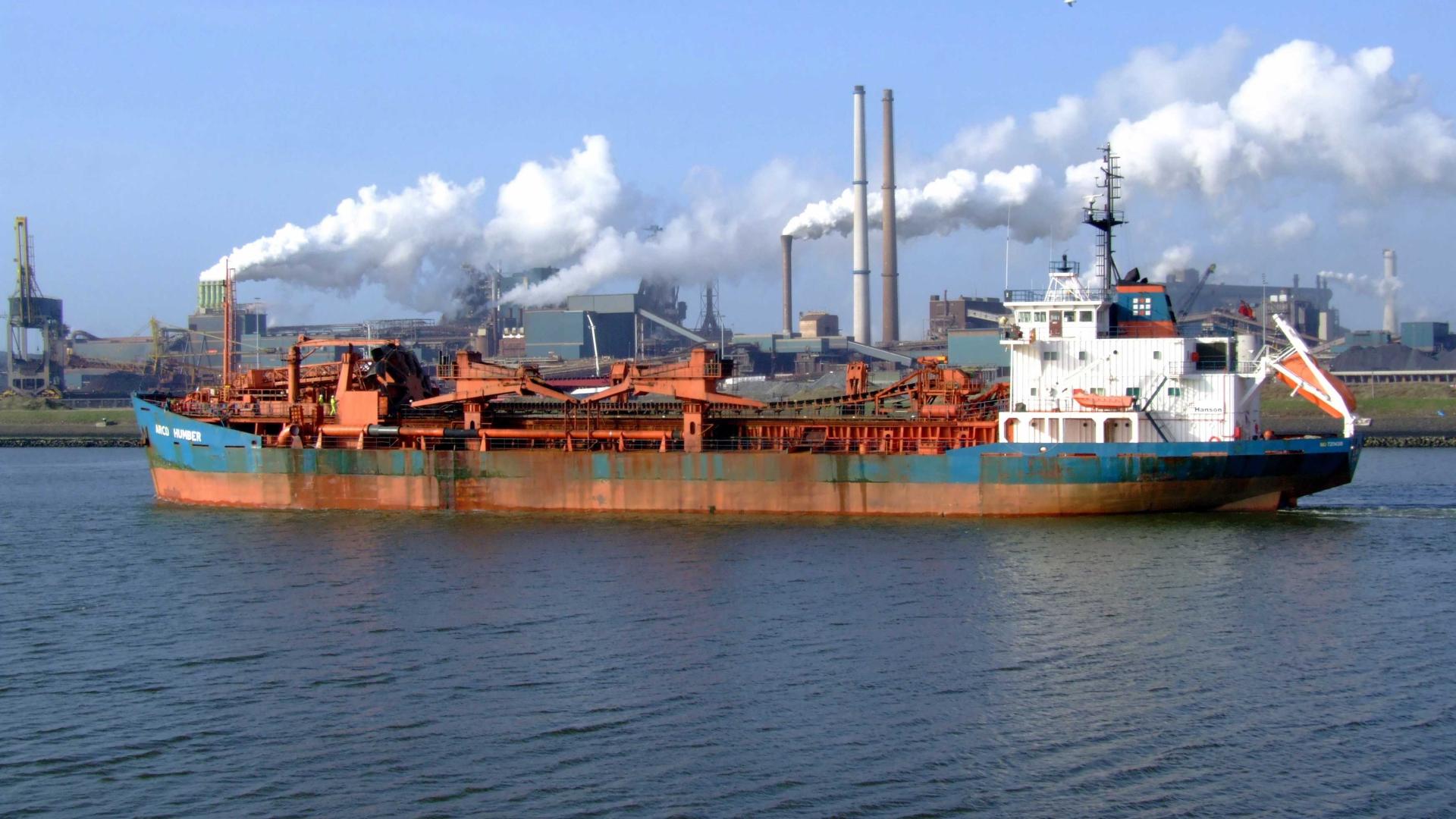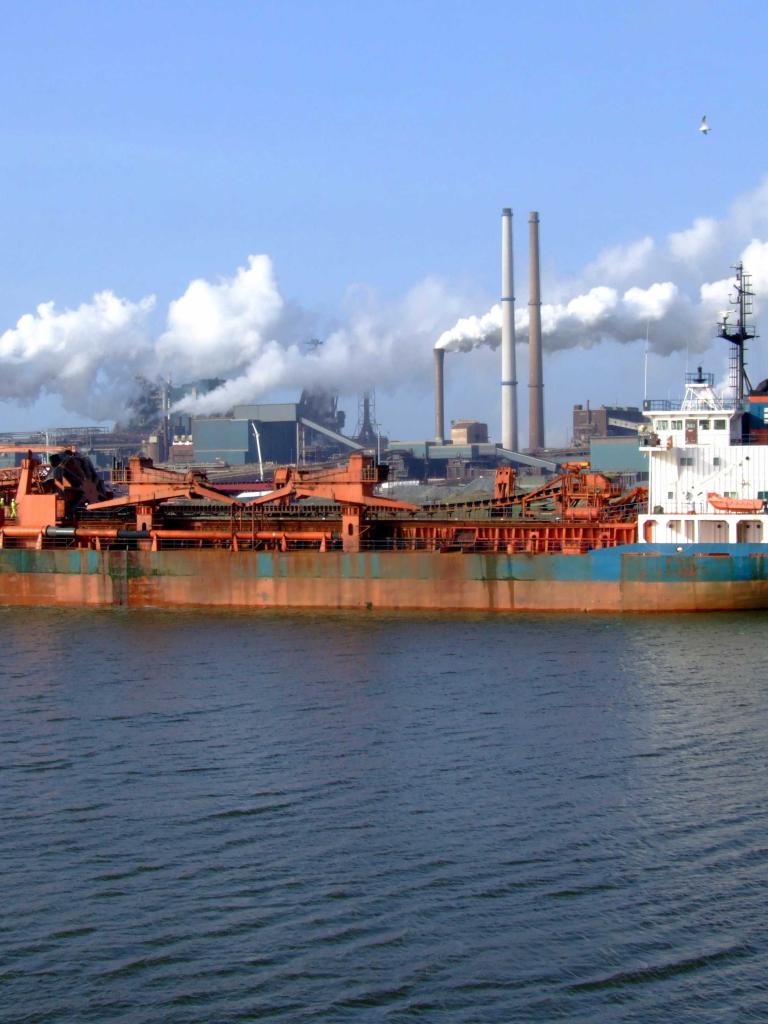Both the Laboratoire de Météorologie Dynamique (LMD) and the Rutherford Appleton Laboratory (RAL) retrieve atmospheric CH4 concentrations from IASI spectra. However, they differ greatly in the methodologies used (neural network for LMD, optimal estimation for RAL), as well as in terms of actual airmass of retrieved CH4 concentrations: mid-tropospheric dry air mole fraction (mtCH4) for LMD and total column-averaged dry air mole fraction (XCH4) for RAL.
Several methodologies were tested to minimise these differences in a direct comparison setting. An array of internal consistency tests was performed, looking at residual cloud cover, scan angle, pixel dependency, and day-night differences.
Both products were compared to CAMS model output, aircraft in situ data from HIPPO, IAGOS and CONTRAIL, Aircore measurements from NOAA and ground-based remote sensing FTIR measurements from the NDACC and TCCON networks.
The analysis showed that overall both algorithms produced good mtCH4 and XCH4 values respectively, but both also exhibit some specific points of concern. For LMD the most noticeable aspect was its deteriorating quality in terms of seasonal cycle and long-term trend accuracy when moving to higher latitudes. For RAL, it was not possible to fully validate the algorithm’s capacity to retrieve two pieces of information. High sensitivity to residual IASI L1 processing effects has also been observed in the RAL product.
Objectives
The goal of this study was to perform an extensive validation of two IASI global methane (CH4) products, one developed at the Laboratoire de Météorologie Dynamique (LMD), and the other at the Rutherford Appleton Laboratory (RAL), using a wide array of reference measurements, to determine strong and weak points within both LMD and RAL products.
This allows data users to make informed decisions about the suitability of each of these datasets for their particular purposes. The analysis also shows product development teams which areas need attention, so they can improve their products.
Overview
The two algorithms use very different retrieval approaches. The LMD algorithm uses a non-linear regression with Multi-Layer Perceptrons to retrieve CH4 integrated mid-tropospheric columns (mtCH4). Unlike the RAL retrieval products, LMD provides a vertical molecular weighting function instead of an averaging kernel matrix. The version of the LMD algorithm used for this study is the v8.3 for Metop-A and the v8.1 for Metop-B.
The RAL retrieval strategy is based on the Optimal Estimation Method (OEM) using the Levenberg-Marquardt iterative scheme. The degree of freedom for signal (DOFs) for this approach is approximately 2.0. Using their strategy, the full CH4 profile is retrieved with two distinct pieces of information allowing the distinction of two partial columns: from the surface to 422hPa and from 422hPa to 178hPa. The version of the RAL algorithm used for this study is v2.0.
Several methods were tested to minimise the inherent differences by selecting a 5-15km partial RAL column and smoothing the RAL data with the LMD vertical sensitivity profile yielding the best results. To iron out any residual differences, the bias of each respective product was also looked at with respect to CAMS, where RAL was smoothed with the LMD sensitivity, along with the corresponding CAMS data. This shows that typically LMD has lower values near the poles and higher values in the sub-tropics compared to RAL (Figure 1).
When testing the internal consistency of the products, looking at land-sea, day-night, scan angle, pixel, cloud cover and instrument (IASI-A/IASI-B) differences, most of the differences seen in the partial column methane mole fractions found remained below 10ppbv.
Comparisons with the various reference datasets showed that, in general, with a few notable exceptions, both products manage to capture the expected regional patterns, although generally LMD exhibits positive biases near the tropics, while RAL exhibits positive biases at high latitudes.
Areas of concern with the LMD mtCH4 product are its increasing seasonal cycle and long-term trend deviations at higher latitudes. This causes some pronounced biases over the Boreal regions in October, particularly in the later years of the timeseries. This is acknowledged by the LMD retrieval team, who recommend restricting the use of their data to the 60°N-60°S latitude band.
For RAL, several observations hint at a retrieval strategy that is very sensitive to the IASI instrument signature and L1 processing artefacts. Here the question is whether enough constraint has been applied to the retrieval. It was also not possible to validate the capacity of the RAL algorithm to consistently retrieve two pieces of information.
| Phase | Details |
|---|---|
| Kick-Off | 06/09/2019 |
| Duration | 10 months |
| Status | Completed |
| Work Package 1 | Direct Intercomparison |
| Work Package 2 | Self Consistency |
| Work Package 3 | Evaluation of large scale, seasonal and inter-annual variations |
| Work Package 4 | Comparison to in situ atmospheric and surface measurements |
| Work Package 6 | Comparison to ground-based observations |
| Work Package 7 | Final report |
| Work Package 8 | Outreach |
Study reports
Independent validation of CH4 products from IASI (ITT 18/205) - Final Report
Presentations
Final presentation (part 1/2)
Final presentation (part 2/2)
Publications
Independent validation of IASI/METOP-A LMD and RAL CH4 products using CAMS model, in situ profiles and ground-based FTIR measurements, M.Zhou et al. (in preparation)
| Phase | Date and location |
|---|---|
| Kick-Off | 6/09/2019, Telecon |
| Progress Meeting 1 | 9/03/2020, Telecon |
| Mid-term review | 24/04/2020, Telecon |
| Progress Meeting 2 | 29/07/2020, Telecon |
| Progress Meeting 3 | 6/10/2020, Telecon |
| LMD meeting | 23/10/2020, Telecon |
| RAL meeting 3 | 18/11/2020, Telecon |
| Progress Meeting 4 | 16/12/2020, Telecon |
| FP | 17/03/2021, Telecon |
| RAL follow up meeting | 15/04/2021, Telecon |
| LMD follow up meeting | 16/09/2021, Telecon |
Conference
IASI 2021, 6-10 December, Evian, France
Independent validation of IASI/METOP-A LMD and RAL CH4 products using CAMS model, in situ profiles and ground-based FTIR measurements)


